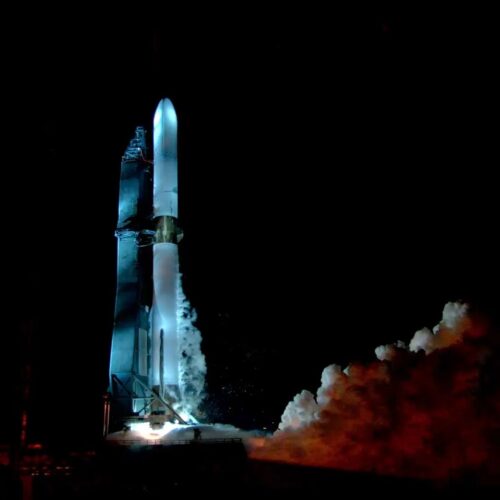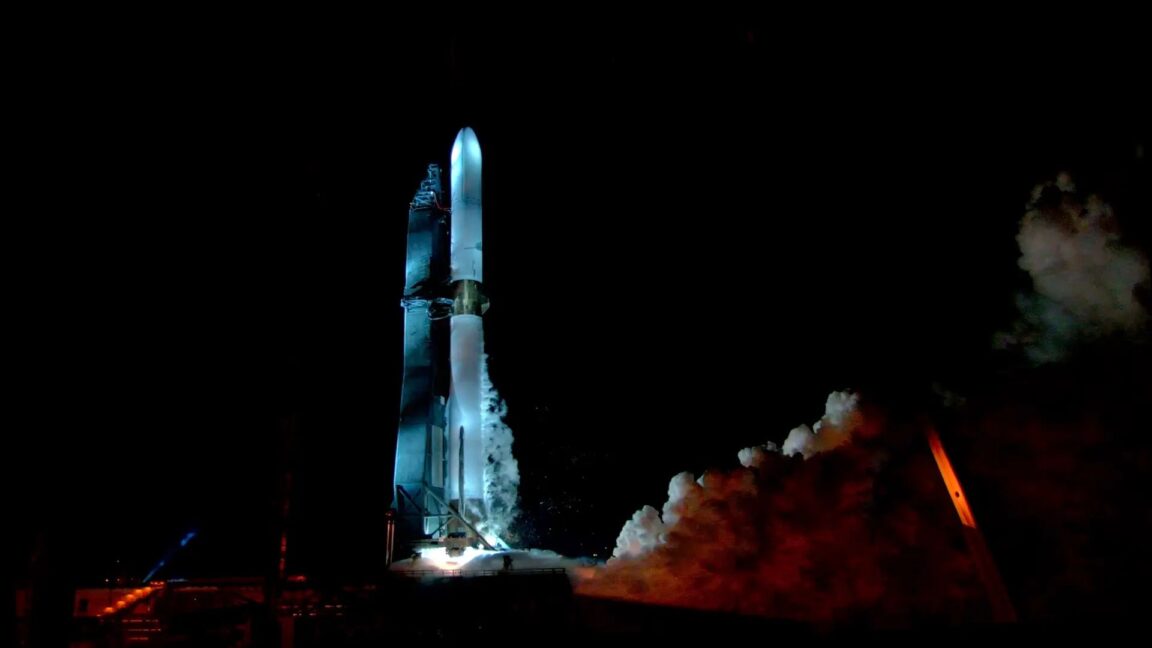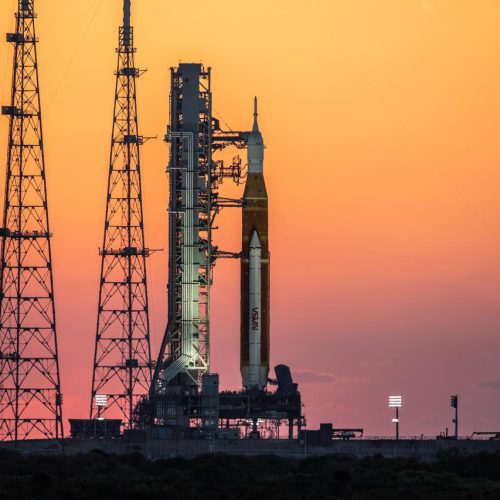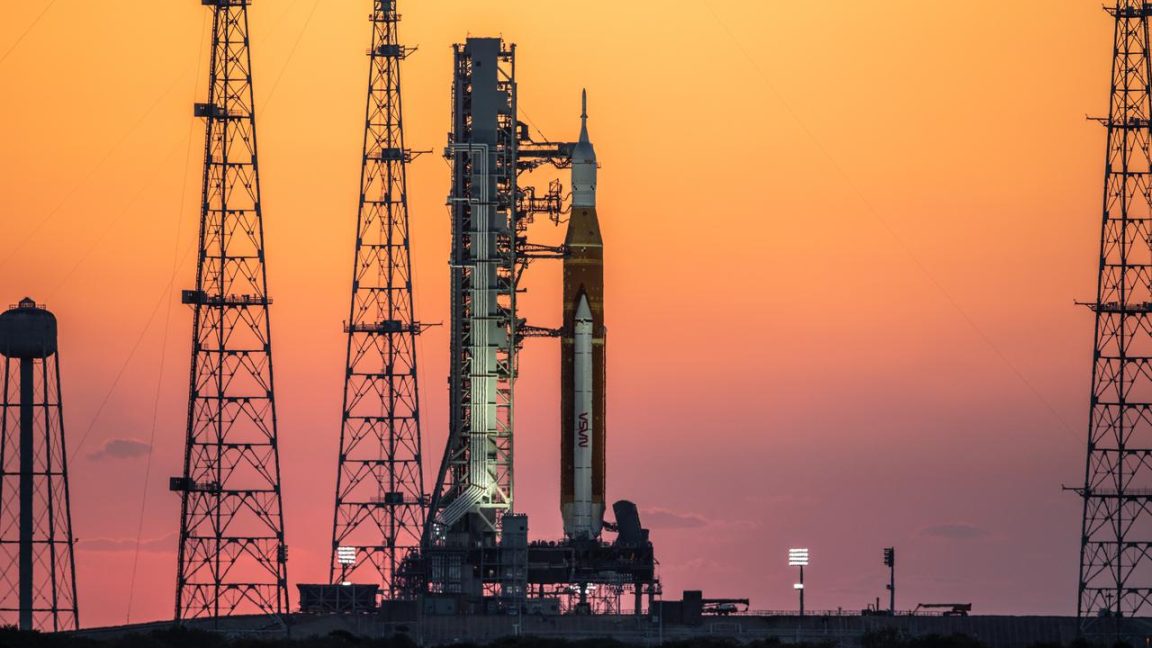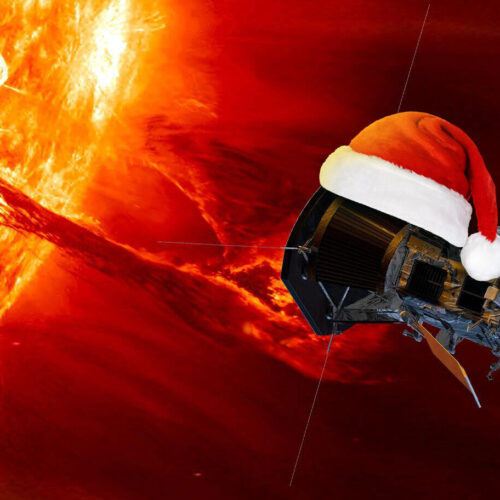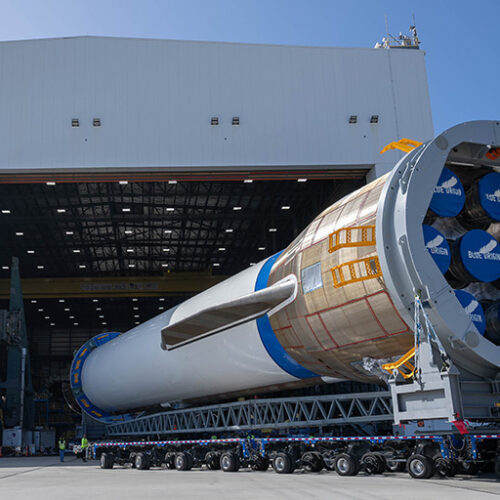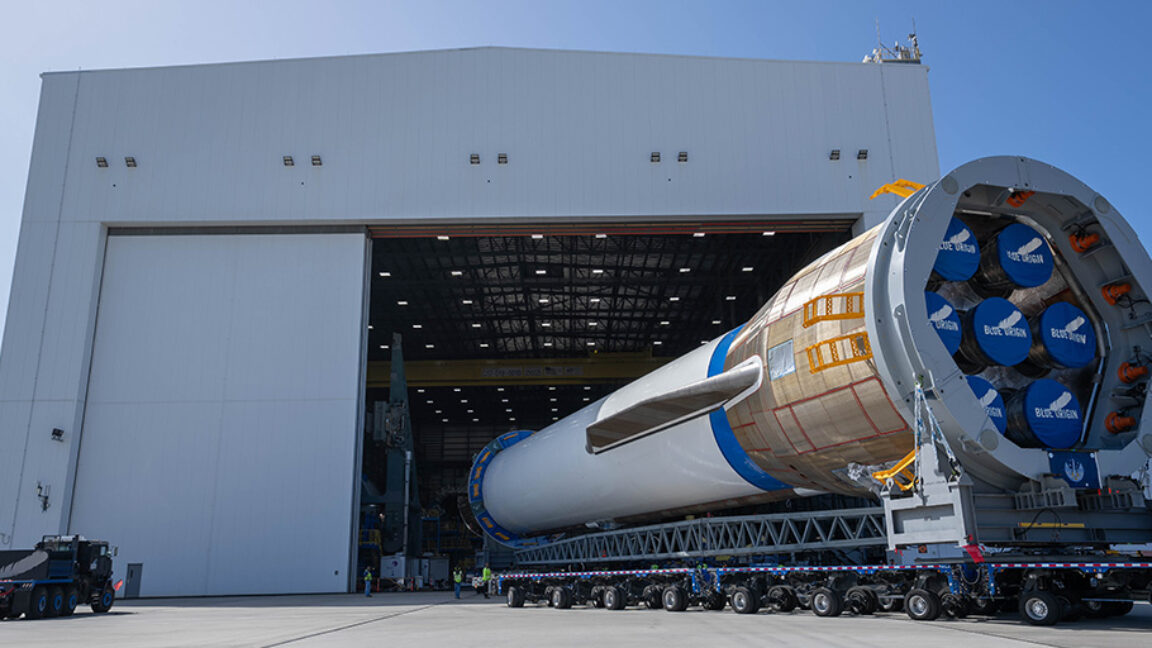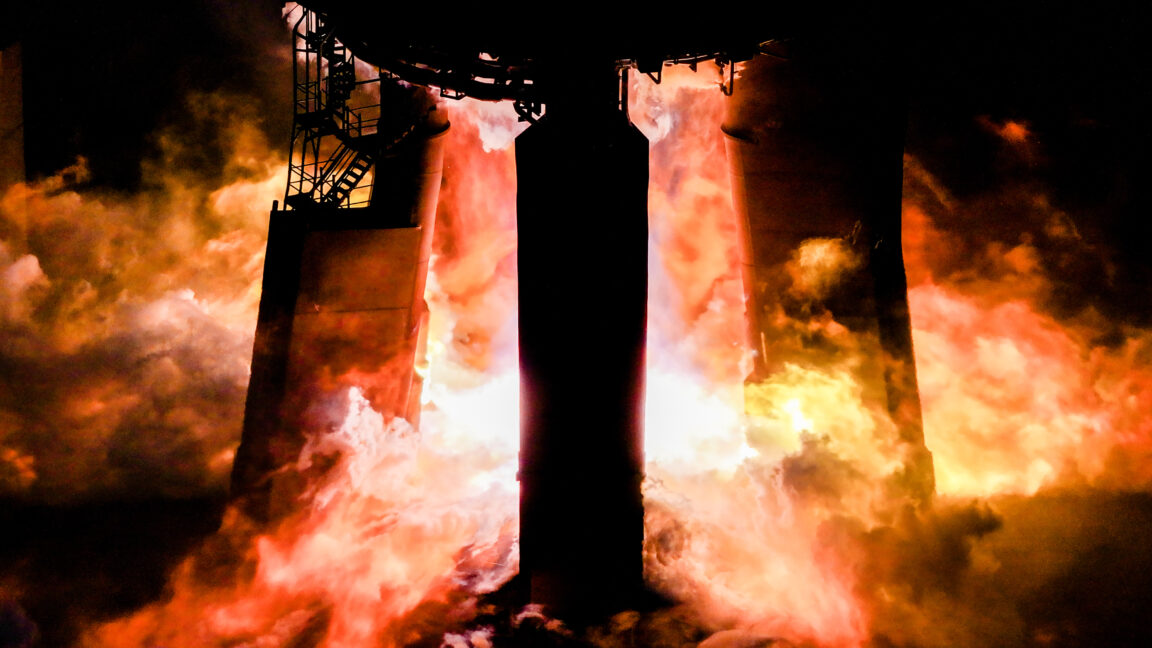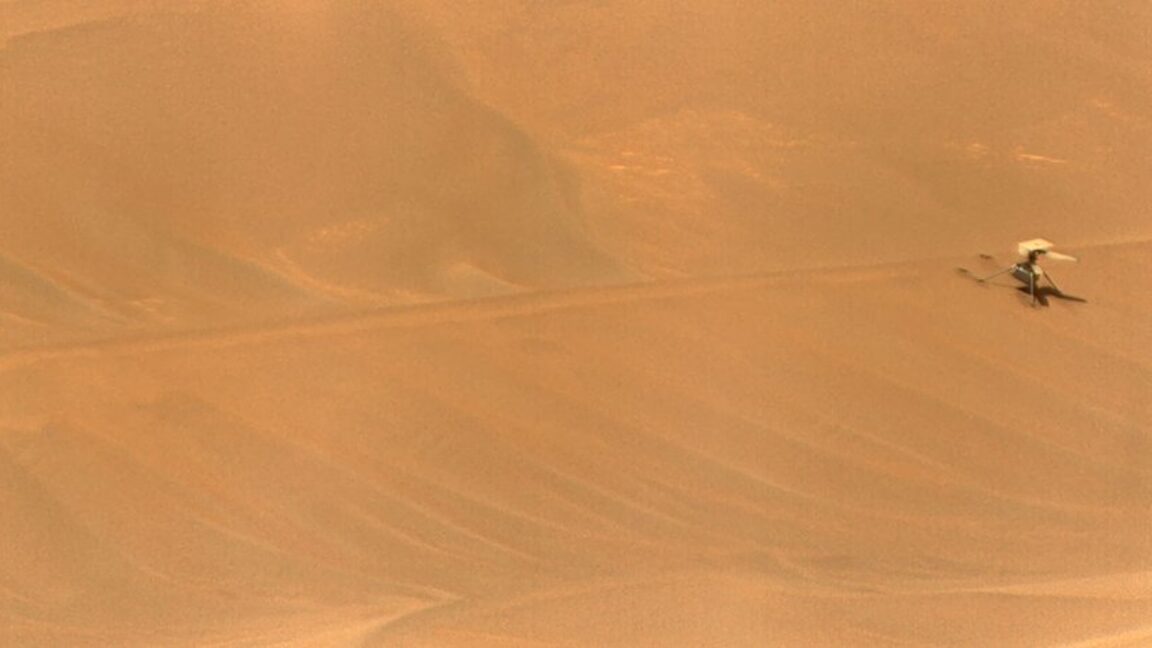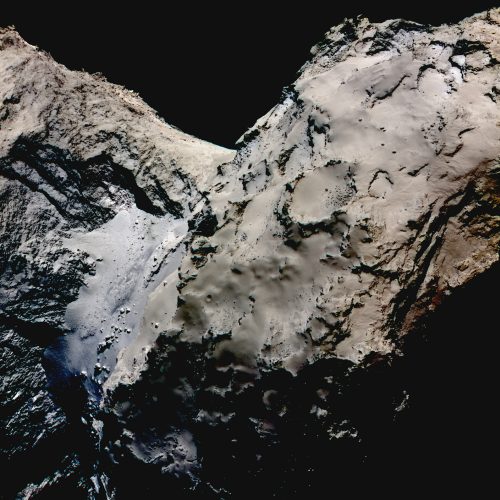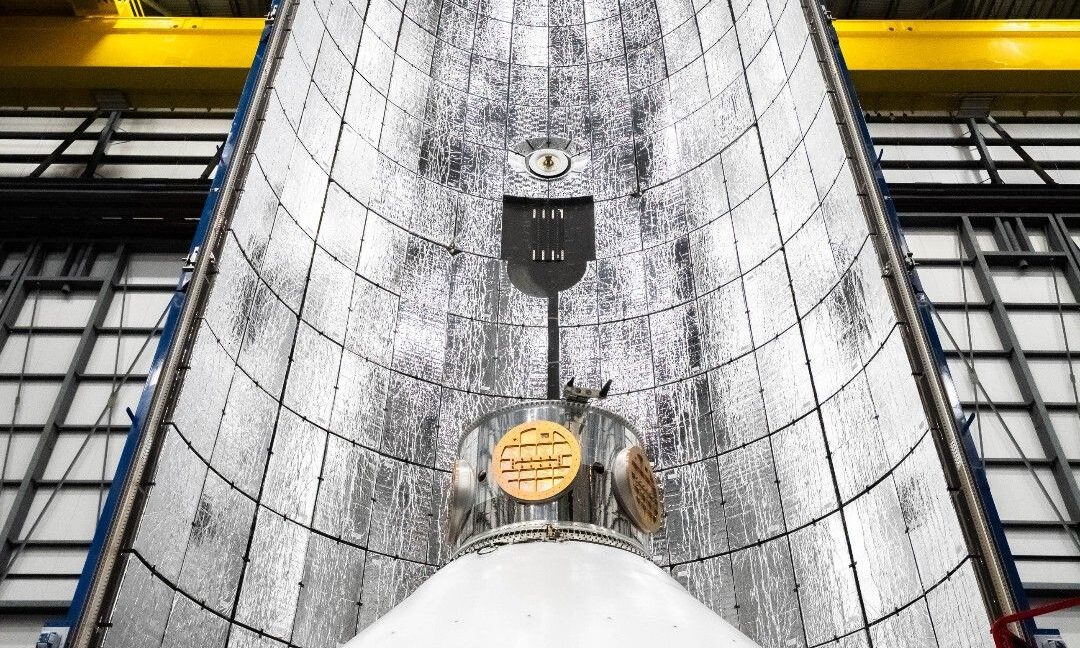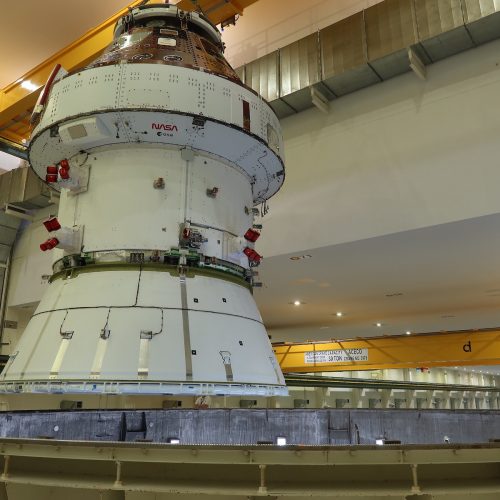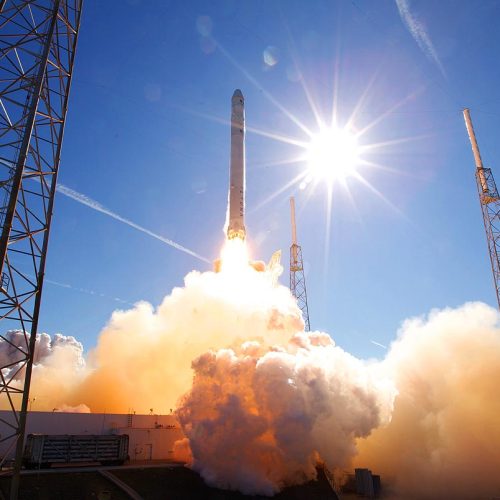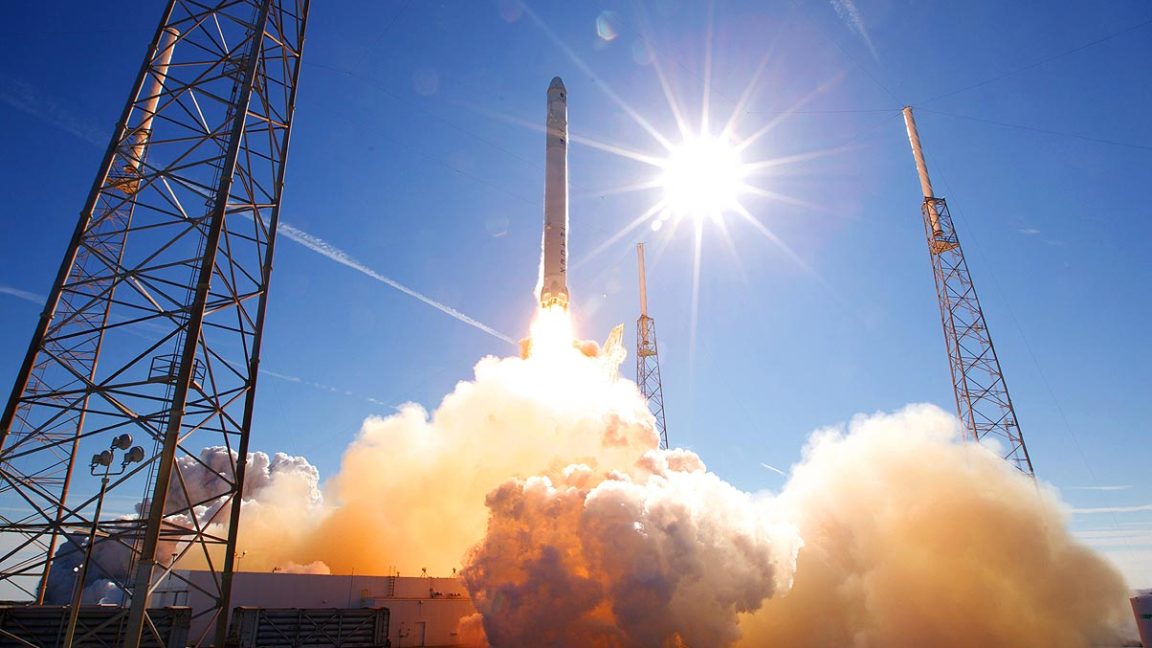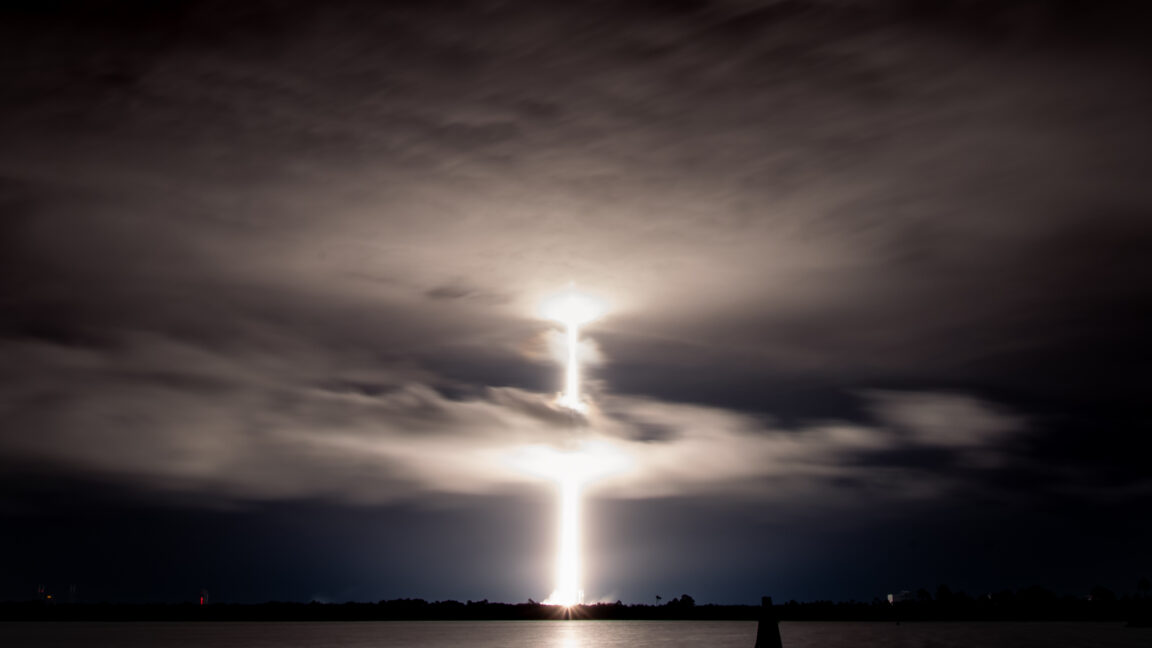A Cold War mystery: Why did Jimmy Carter save the space shuttle?
We’d been chatting for the better part of two hours when Chris Kraft’s eyes suddenly brightened. “Hey,” he said, “Here’s a story I’ll bet you never heard.” Kraft, the man who had written flight rules for NASA at the dawn of US spaceflight and supervised the Apollo program, had invited me to his home south of Houston for one of our periodic talks about space policy and space history. As we sat in recliners upstairs, in a den overlooking the Bay Oaks Country Club, Kraft told me about a time the space shuttle almost got canceled.
It was the late 1970s, when Kraft directed the Johnson Space Center, the home of the space shuttle program. At the time, the winged vehicle had progressed deep into a development phase that started in 1971. Because the program had not received enough money to cover development costs, some aspects of the vehicle (such as its thermal protective tiles) were delayed into future budget cycles. In another budget trick, NASA committed $158 million in fiscal year 1979 funds for work done during the previous fiscal year.
This could not go on, and according to Kraft the situation boiled over during a 1978 meeting in a large conference floor on the 9th floor of Building 1, the Houston center’s headquarters. All the program managers and other center directors gathered there along with NASA’s top leadership. That meeting included Administrator Robert Frosch, a physicist President Carter had appointed a year earlier.
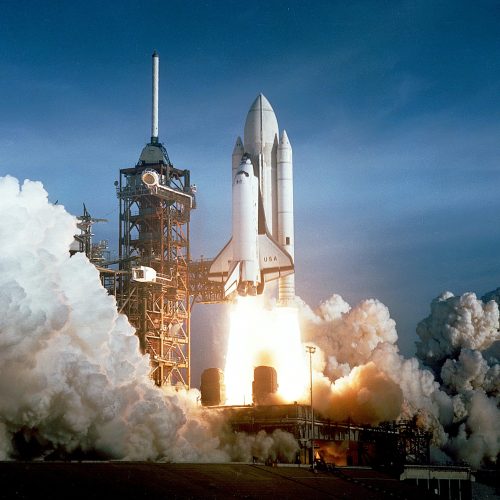
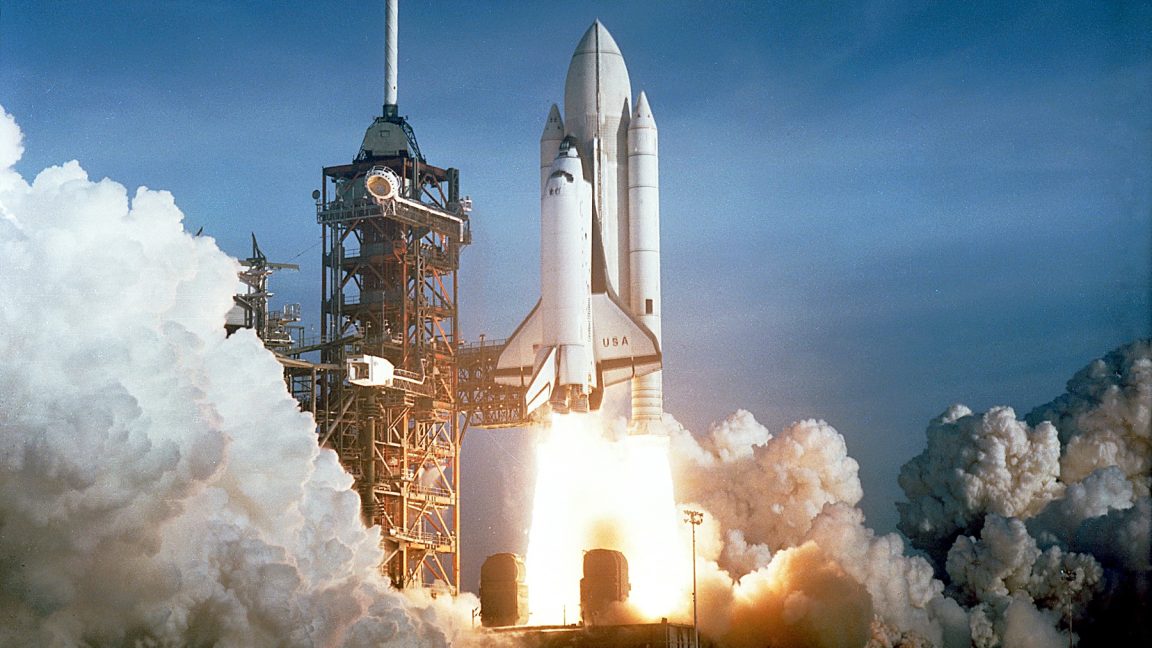
© NASA


